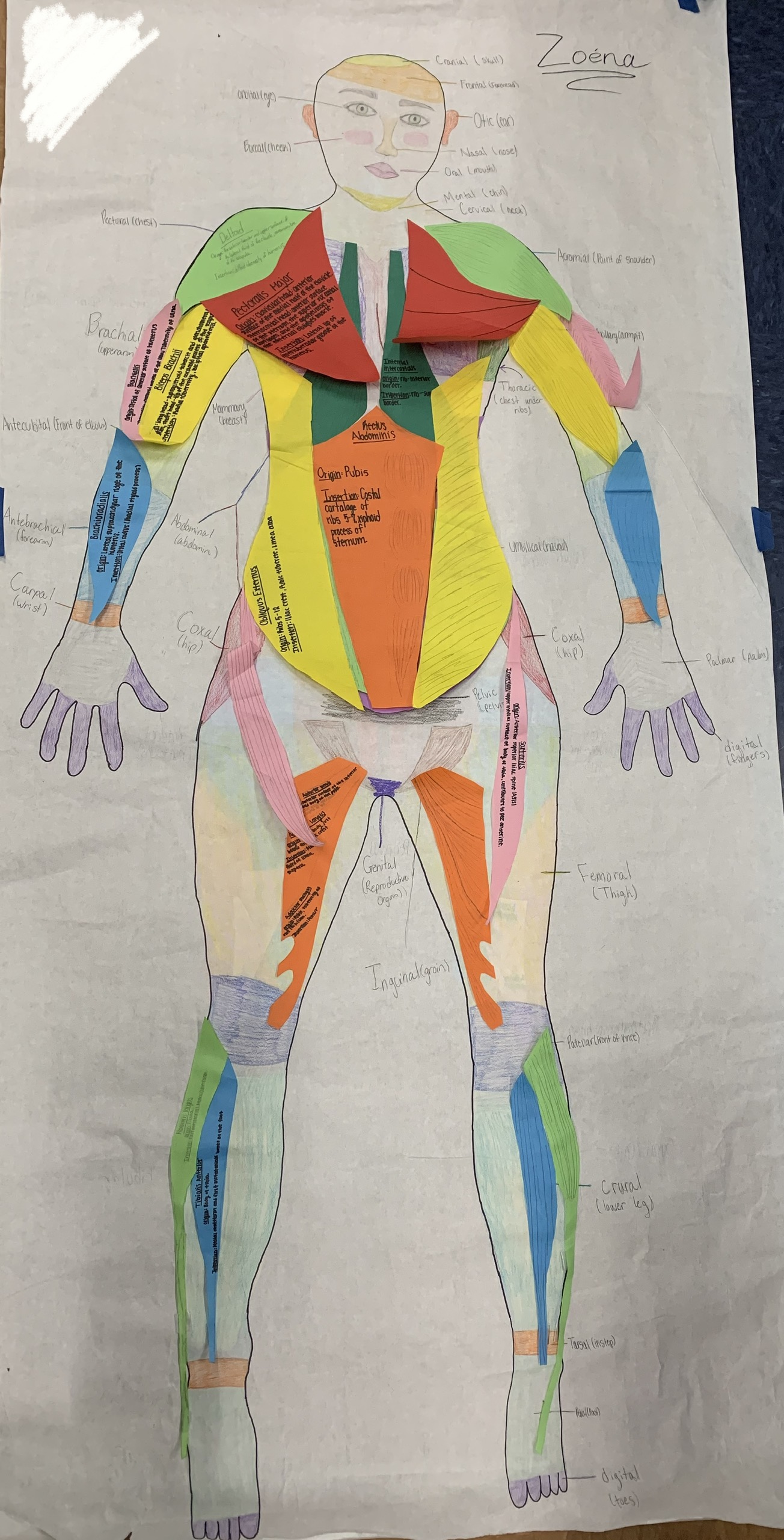Learning about the nervous system in an anatomy class is daunting due to the number of terms that describe the nervous system.

Student Concept Map Draft – Human Nervous System by Collaboration
Memorization without understanding, connecting, or applying learning is a popular way for students to score enough points to get that grade of A (my district does not embrace standards-based grading.) Students have spent the past 12 years learning to play the game.
We have also been physically distanced from our students, and they from one another, far too much over the past 2 years. My reaction to this situation has been to foster a safe and supportive classroom environment for students to re-learn and stretch their collaborative skills. In this environment, when we give students strategies to process content in ways that leads them to deeper understanding, they share and discuss and problem-solve and learn from one another. Most importantly, they connect and transfer their learning using strategies that build the habits supporting life-long learning.
Here’s how that’s working in our Anatomy and Physiology class Nervous System unit, so far. (Bonus chicken, because they could.)



 The plan involved my colleagues and I doing some simple things in our classrooms, with our students, and then discussing the results of our work together and planning how to make learning even better. It’s no longer being used, and I’m sad. I have a few ideas about why it fell by the wayside.
The plan involved my colleagues and I doing some simple things in our classrooms, with our students, and then discussing the results of our work together and planning how to make learning even better. It’s no longer being used, and I’m sad. I have a few ideas about why it fell by the wayside.